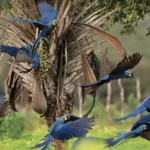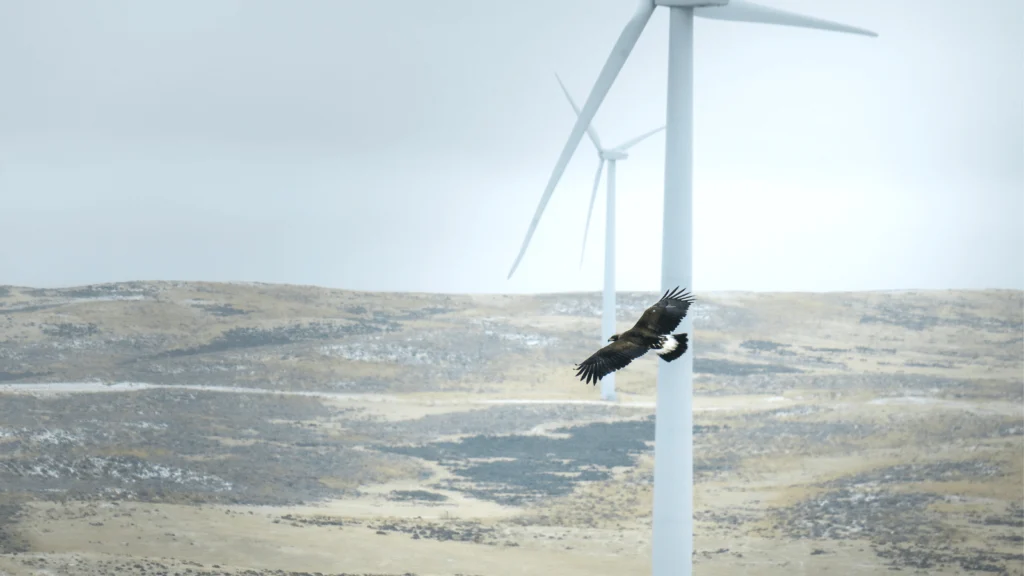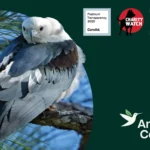
ABC’s Bird-Smart Wind Energy program protects birds from poorly sited wind turbines. We advocate for policy solutions that prioritize clean energy while reducing threats to birds and other wildlife.

We need to rethink wind turbines and use the best available science to inform how we maximize their climate benefits while minimizing their potential harm to birds. Wind turbines do kill birds — anywhere from 700 to 1 million annually in the U.S. alone — but the risk can be dramatically reduced with proper siting.
Our Wind Risk Assessment Map helps developers visualize sensitive areas like migration corridors that should be avoided when considering where to site wind energy projects. We provide resources for developers and consultants to help them make informed decisions about their potential projects and encourage planning with Bird-Smart Wind Principles in mind. We encourage efforts to minimize harms to birds, from supporting strong regulations and legislation that make wind safer to bringing birds into the conversation early on in the development process.
Biodiversity is invaluable, and the need for a clean energy future couldn’t be clearer. Together, we can address climate change through strategies that offer a net-positive for birds.

Our Wind Risk Assessment Map promotes Bird-Smart Wind Energy development by highlighting areas of importance to birds that should be avoided or approached with caution by wind energy developers.

Communication towers with steady-burning lights lead to 7 million bird fatalities annually in North America. Learn how American Bird Conservancy is encouraging safer practices for tower operators.
Meet the Team
ABC’s Bird-Smart Wind Energy program protects birds from poorly sited wind turbines. We advocate for policy solutions that prioritize clean energy while reducing threats to birds and other wildlife.

Related News & Stories
See All News


